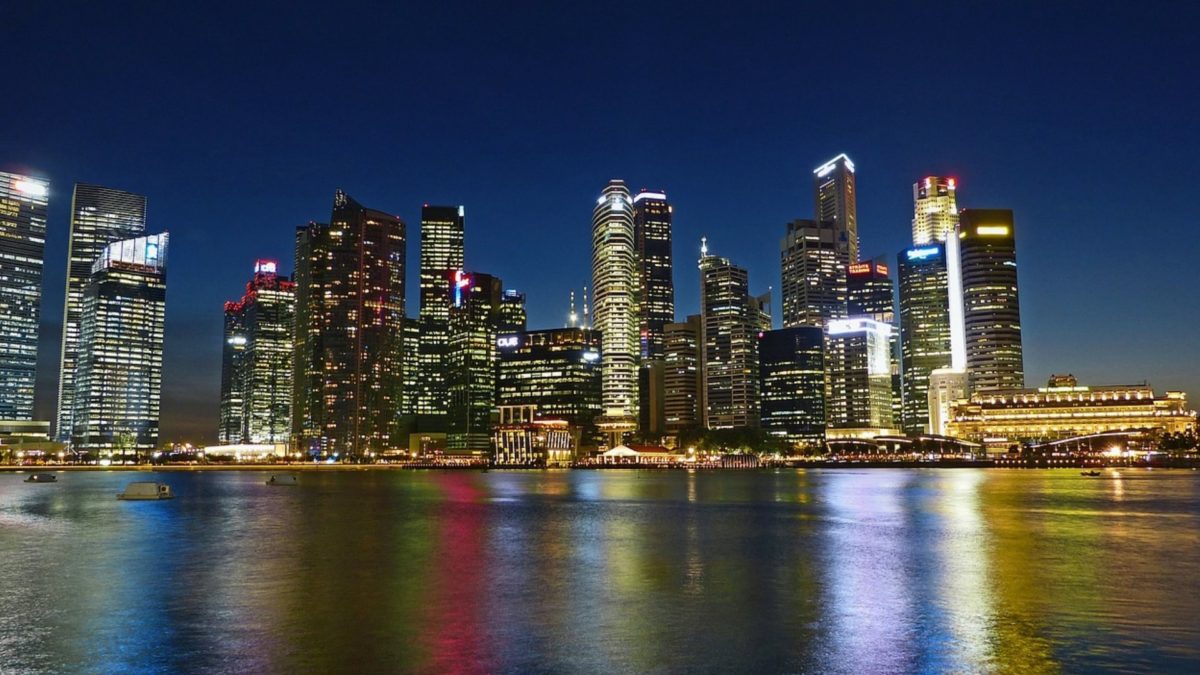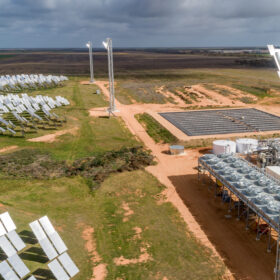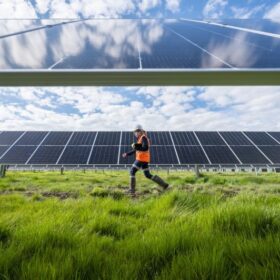Recent research by Wood Mackenzie, released in Singapore at the energy consultancy firm’s Energy & Commodities Summit – Capitalising on Asia’s Energy Transition this week, indicates that Asia Pacific’s decarbonisation bill could hit US$3.5 trillion by 2040.
Wood Mackenzie’s analysis includes investments in solar, wind, hydrogen, nuclear, and hydropower. To put the projected bill of US$3.5 trillion into perspective, it is more than enough to buy everyone in Sydney a house at Sydney’s inflated housing prices. Or, to put it another way, US$3.5 trillion is just about enough to afford an avocado toast at a trendy café, but no extras.
Of course, the main focus of the investment required in this decarbonisation effort should come, and take place in, China and India, and the key industries are the power and transport sectors which both accounted for over 50% of the region’s carbon emissions in 2018.
Speaking at the Energy and Commodity Summit in Singapore this week, Parkash Sharma, Head of Markets and Transitions in Asia Pacific for Wood Mackenzie, said: “In our base case, we forecast the share of zero-carbon energy increasing from 8% in 2018 to 17% in 2040.” This may seem a conservative base estimate, but we must again remember the exploding economies of China and India are involved in these estimates.
“In our accelerated transition scenario case for Asia Pacific,” continued Prakash, “we forecast the share of zero-carbon energy reaching 35% by 2040 with green hydrogen capturing up to 3% in the mix.”
In the mobility sector, a key carbon contributor, Wood Mackenzie’s analysis foresees an increase in electric vehicle sales of up to 65% by 2040 in its accelerated scenario and 25% in its base-case scenario.
Gavin Thompson, Wood Mackenzie’s Asia Pacific Vice Chair stressed the changing nature of the situation “as the region grapples with severe air pollution and the demands of the energy transition. The question is how can Asia Pacific ensure stable energy supply growth and yet be on track on the decarbonisation bill?”
This is indeed the question, and of course the emerging answer, across the region, is “Go electric.” Energy demand in the region is expected to grow 15% by 2040, the oil equivalent of 6,800 tonnes. In view of this we must admit the emerging answer is lacking in detail for it should be “Go electric with solar and other renewable sources.” Admittedly this extended answer doesn’t have the same emphatic surety, but it’s the only answer we have.
This content is protected by copyright and may not be reused. If you want to cooperate with us and would like to reuse some of our content, please contact: editors@pv-magazine.com.








By submitting this form you agree to pv magazine using your data for the purposes of publishing your comment.
Your personal data will only be disclosed or otherwise transmitted to third parties for the purposes of spam filtering or if this is necessary for technical maintenance of the website. Any other transfer to third parties will not take place unless this is justified on the basis of applicable data protection regulations or if pv magazine is legally obliged to do so.
You may revoke this consent at any time with effect for the future, in which case your personal data will be deleted immediately. Otherwise, your data will be deleted if pv magazine has processed your request or the purpose of data storage is fulfilled.
Further information on data privacy can be found in our Data Protection Policy.